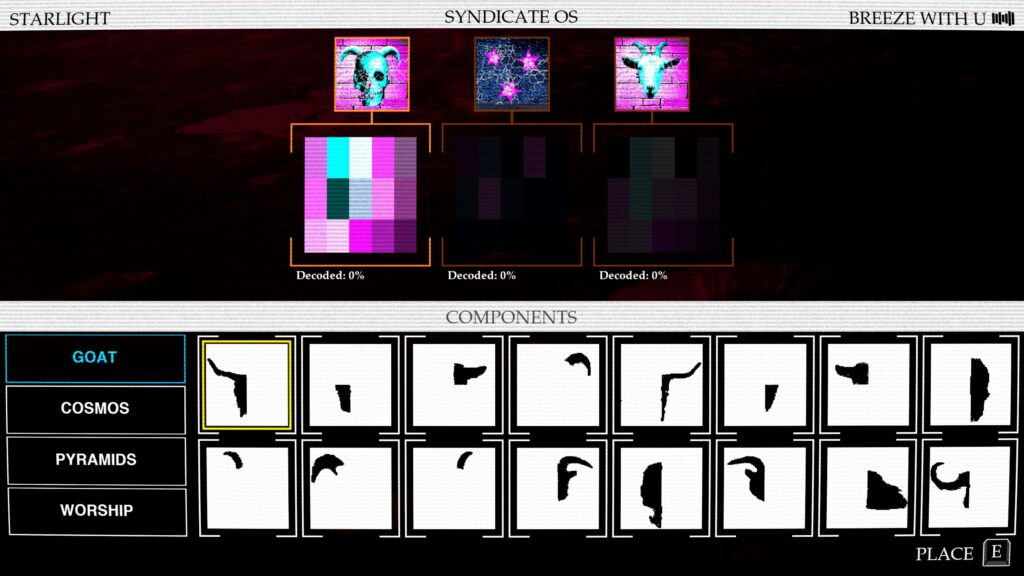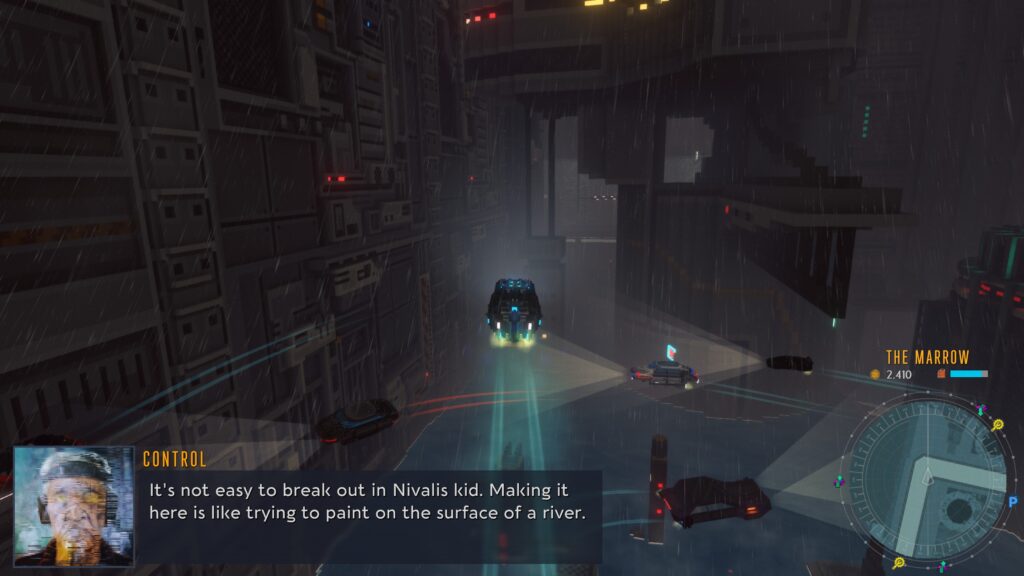Paradise Killer (Review)

Source: Review Copy
Price: £15.49 (£19.28 for game+soundtrack, £7.19 soundtrack)
Where To Get It: Steam
I love a good murder mystery. The twists, the turns, the red herrings, slowly being guided along a path. And sometimes… Being wrong. In a way, aside from all the other cool stuff, that’s what’s so good about Paradise Killer…
You’re allowed to be totally wrong. Even if you do need at least some evidence. And hell, even after a marathon session with one trial I felt was off, I’m still not sure I got the whole truth. Pieces were missing, strange pieces, but, considering how large the world is, I’d probably need a walkthrough to find the clues. But it’s okay, even if I feel like I shafted some friends in the process.

In any case, Paradise Killer is a first person exploration type murder mystery, with some visual novel elements (the interrogations, the trial, some of the puzzles) where the Council of Island 24 have been murdered just prior to the Island’s reality being broken down to make way for Island 25, Island Perfection (ha.) And you, Lady Love Dies, interrogator, investigator, and, when the time comes, executioner, must find out who did it. Maybe who plural.
Writing wise, it’s great, and aesthetically, it’s this strange 80s/90s vibe combined with urban fantasy, a paradise island with pyramids, some small hellscapes, obelisks, tenements… The supernatural and the “Normal” live hand in hand. The soundtrack’s great, the sound design is, except for the static in the second gate, good, and the VA pleases, very characterful.

Now, mechanically… Ah, here’s where there are some imperfections. I’ve noted that you’re allowed to get it wrong, and this is good. But this is a fairly big open world, and, oddly, I feel that works against it in some respects. Hunt relics. Why? Completionism and a few quests, it seems. Hunt blood jewels. Why? Well, that’s more useful, unlocking a secret item needed for the best clues, unlocking fast travel points, and paying the toll for travelling from them.
But it definitely felt like a needle in a haystack at times, finding the clues. And then… There are the puzzles. Use symbols from a set to complete the image, except… I never used some. I never came across a lock that used some of the symbol elements. Maybe that’s by design, maybe not, but it kinda frustrated me on some odd level.

Still, the mysteries kept me hooked, and the mysteries left are seriously tempting me to dive back in now that the review’s written, hunt down those final clues, and that, along with its aesthetics and writing, really nail it for me. Some of the platforming is annoying as fuck, but, overall, I would highly recommend this one, especially to murder mystery lovers.
May the million eyes watch over you as you play this…
















